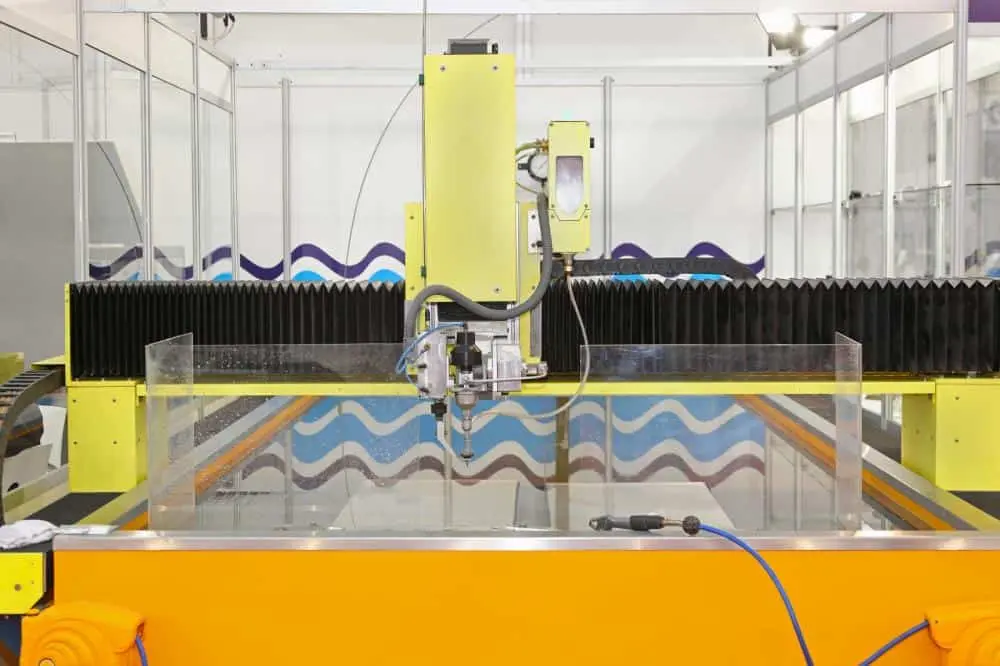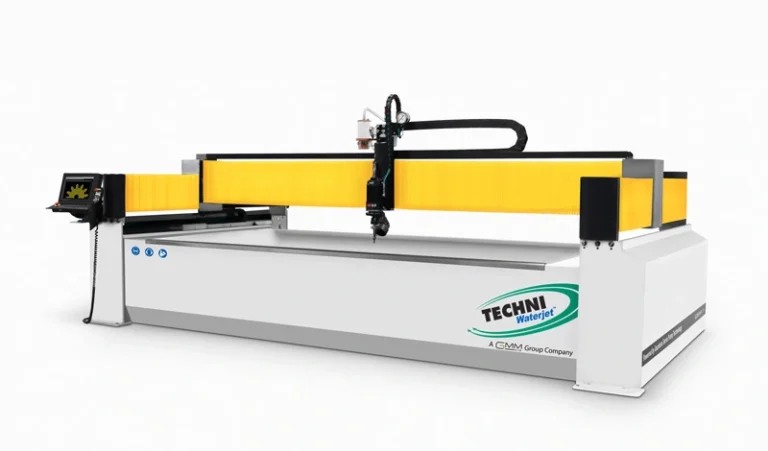Water or plasma – which method is better for cutting materials? Water jet cutting uses a focused beam of light to cut materials, while plasma cutting works by using a mixture of gases.
As both water and plasma have their pros and cons, no one technique is better than the other. Read on to learn the differences between the two and determine which cutting method best suits your needs.

Plasma Cutting
Plasma cutting is suitable for cutting all kinds of metal materials, and it doesn’t require the use of cutouts or intricate notching. Plasma cutting dates back to the 1950s where it was first used to cut metals like stainless steel, copper, and aluminium. In short, it had been developed to cut metals that could not be possible to cut with flame.
Plasma cutting works by using a cutting torch. The torch helps concentrated electrical currents and high-velocity gases to flow. This leads to the creation of an intense amount of heat, which helps cut the metal. Meanwhile, the gas helps remove the molten material present at the bottom of the cut.
Plasma cutting has the advantage of cutting medium-thick plates at a higher speed than Water jet cutting. Also, plasma has lower investment and maintenance costs than Water jet cutting.
Water jet cutting
Water jet cutting is useful for cutting a wide range of materials, from metals to non-metals, porcelain and stone benchtops. When a material requires specific and precise cuts or tighter tolerance specifications, then Water jet cutting is a better choice, and often better than even laser cutting.
Water jet cutting makes use of water to cut materials. A focused beam of extremely high pressure water cuts through the toughest materials with precision. Apart from generating accurate cutting results, water jets have a fast cutting speed.
Water jet cutting Vs Plasma Cutting: Pros and Cons
- Water jet cutting has the advantage of having a wide range of material cutting choices than plasma cutting, which can only cut metals.
- Water jet cutting is better for finer and precision cutting compared to plasma cutting.
- Plasma cutting requires you to wear protective gear due to a discharge of radiation during the procedure.
- Plasma can be more ideal for cutting much thicker materials
- Plasma cutting requires the transmission of compressed gas, while water jets makes use of simply water
- Cutting thick plates for plasma leads to an increase in equipment costs.









